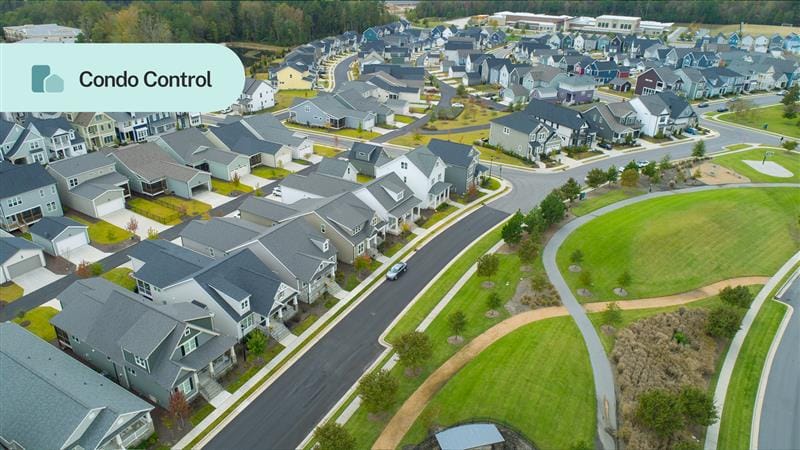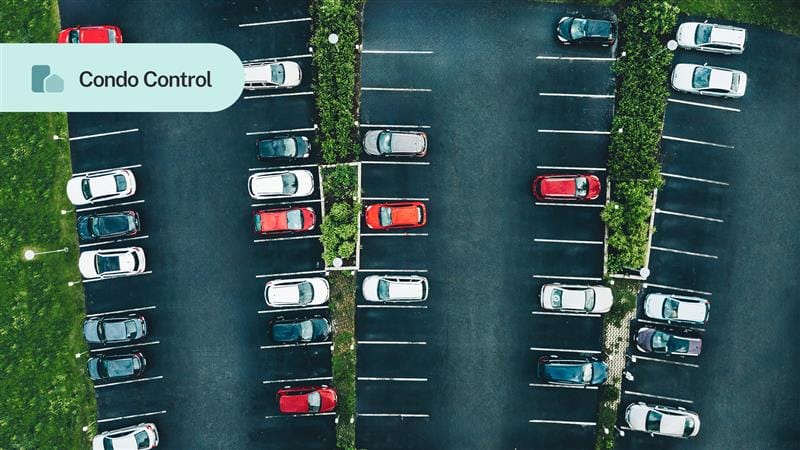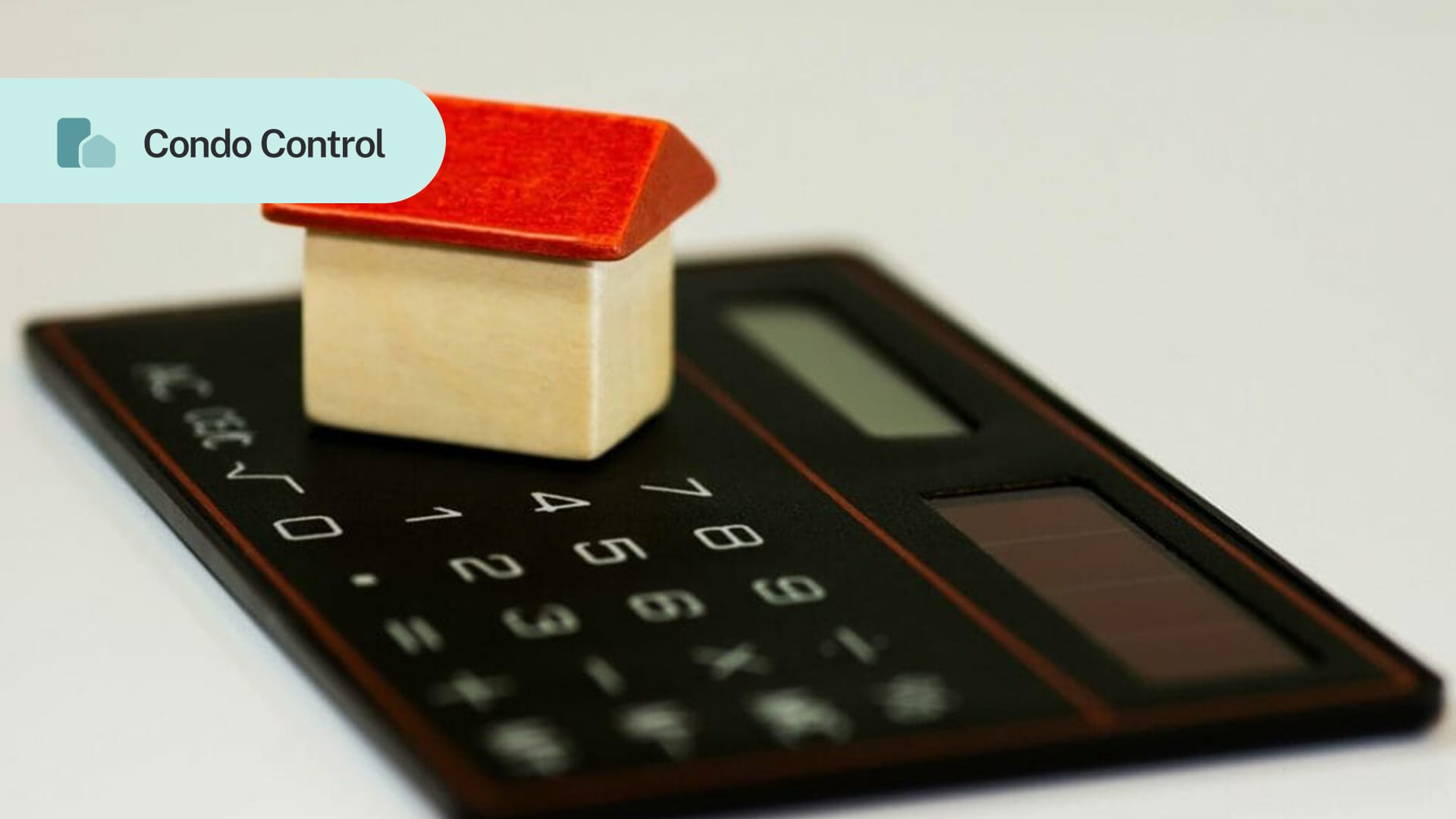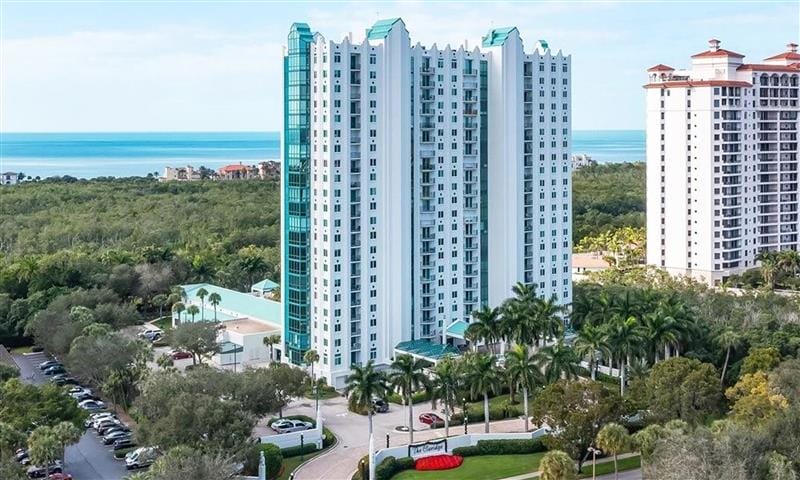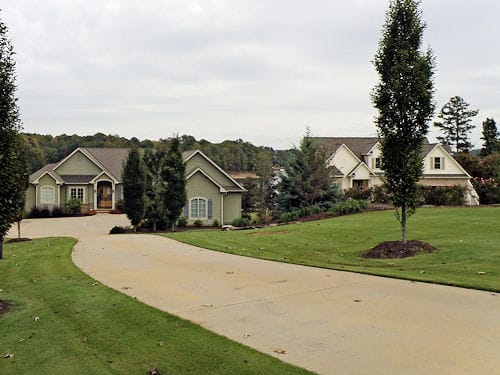What’s better than having a highly effective violation management system? Not having to deal with violations at all.
Realistically, most HOAs will log a few violations each week, but that’s to be expected. People make mistakes, and from time to time, they might forget about a rule.
Table of contents
While it’s not possible to completely eliminate violations, HOA boards and managers can take steps to reduce the number of violations that occur in their communities each day. Fewer violations mean less enforcement work, and that’s something every community can be happy about.
If you’re not already doing so, try a couple of these strategies in order to decrease violations in your association.
5 proven ways to reduce HOA violations
1. Education through communication
You’ve probably come across this first strategy before, but its importance cannot be underestimated. Communication is one of the most critical aspects of reducing HOA violations. That’s because owners can’t properly follow all of the rules if they are unaware those rules exist.
Even if owners can access governing documents through a website or some other online platform, there are a lot of rules to remember. The HOA can help improve awareness though by sending out friendly reminders about the most common violations, and hosting short sessions about how to get approval for paint color changes, pool safety, proper waste disposal, etc.
Ensure that owners understand why these rules exist so that they don’t feel like you’re just listing off a bunch of arbitrary restrictions (owners are less likely to be compliant if they think a rule is unnecessary).
Encourage owners to ask questions, and give them a contact person to whom they can direct their inquiries.
Finally, be clear about the penalties for breaking the rules. Many communities have a fine policy and/or schedule, but all HOAs should have a process (documented in the association’s governing documents) for resolving violations. By publicizing consequences, owners have the opportunity to learn about what could happen if they fail to follow the rules.
2. Consistent enforcement
Education can only go so far if the rules are not actually enforced. If owners know they can get away with bending the rules, they will be far less motivated to follow them. However, if warnings and fines are issued fairly and consistently, owners quickly realize that unsanctioned actions or behaviors won’t be tolerated.
That being said, executing consistent rule enforcement takes a lot of work, especially if you care for a larger community. There are multiple options for tracking and managing violations that occur within your community, but some systems are more effective than others.
Violation tracking software, for example, can help automate this tedious process and reduce the time you spend logging and following up on violations.
Register violations based on noise, parking, landscaping, pets, and more. Categories can be added, edited or deleted instantaneously. Not only does online software give you the control to automate violation processes, you can also send personalized warnings and notices directly to owners. Provided that your association can transmit violation notices electronically, it is possible to bypass paper notices and traditional mail altogether.

If the owner ignores the violation or continues to violate a rule, the status of a violation can be updated with a few clicks. It’s even possible to set and monitor due dates so that you know when to take the next step in the violation process.
A software system that helps automate violation management can be an invaluable resource to busy board members and managers. You will find that consistent rule enforcement is easier to achieve, and less time consuming, too.
3. Use appropriate penalties
Fines and other sanctions are not intended to put unnecessary hardship on HOA members. But at the same time, they must be consequential enough to deter members from repeatedly breaking the rules.
Often, issuing a fine ranging from $100 to $500 is enough to motivate owners to remedy the situation. However, the amount needs to be preestablished so that different owners aren’t receiving different fine amounts for the same violations.
Depending on the nature of the violation, revoking privileges may be a more effective deterrent than a fine. For example, if a resident continues to defy pool rules, then it would make sense to temporarily revoke their access to that facility.
In rarer cases, the association may require assistance from an attorney if the owner refuses to cooperate, or if their actions have the potential to harm other people or damage HOA property. Depending on state laws and governing documents, the HOA may be able to charge back legal costs if the owner loses the case. Sometimes, sharing this information with the owner can be enough to make them comply with what is being asked of them.
4. Use data and trends to proactively stop violations from occurring
Sometimes it is possible to predict when certain types of violations will occur. HOAs can get in front of minor seasonal infractions, like leaving holiday lights up for too long or bringing food to the pool, by sharing rule reminders with members before the seasons change.
If you have access to HOA management software, there should be a reports section you can use to access information about violations. Management can assess if and when certain types of violations spike, and create a plan to prevent owners from breaking rules.
5. Give owners a reason to care
This last strategy requires some long-term effort from the leadership team, but it can be remarkably effective in more ways than one.
HOA members who don’t know their neighbors, and don’t really care about their community, will be far less likely to consider how their actions will impact the people who live next to them. However, when HOA residents get to know their neighbors and feel like they matter, they will be more conscious about following rules.
Involved members prefer to work together to preserve their community. They understand that leaving the garbage container out days after trash has been picked up, or failing to pick up after their dog, isn’t going to achieve that goal.
Need some creative ideas on how to bring your members together? Check out this comprehensive list. Remember, it takes time and trust to build a strong community. But the benefits are well worth the time and effort.
Conclusion
It is impossible to prevent violations from occurring altogether, but HOA boards and managers can implement strategies to try and reduce the number of rules that are broken. Education, consistent enforcement, and community building are all key elements that can contribute to a happier, rule-abiding HOA.










